Sodium is a crucial mineral that the human body requires to function properly. It plays a vital role in maintaining fluid balance, regulating blood pressure, and facilitating muscle and nerve function. The recommended daily value for sodium intake is less than 2,300 milligrams per day. Excessive consumption of sodium can significantly increase the risk of developing high blood pressure, stroke, and other cardiovascular diseases. Therefore, it is essential to be aware of the foods that are high in sodium to ensure optimal health and well-being.
Here are the top 10 high-sodium foods you need to watch out for.
1. Instant Noodles
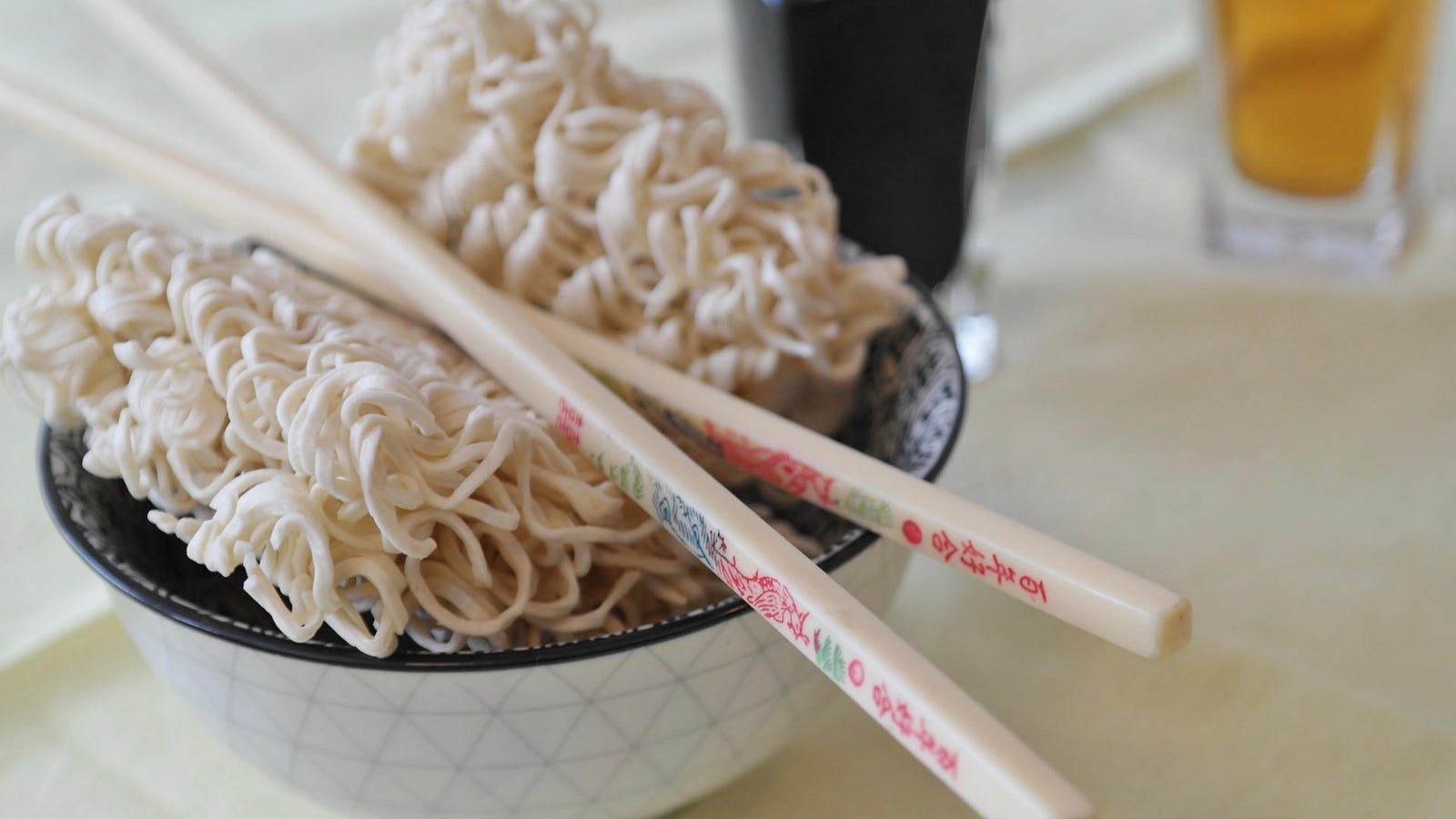 |
| Instant Noodles |
Instant noodles are one of the top sodium foods that are notorious for high sodium content. These pre-packaged noodles are known for their convenience and affordability, but they also contain high levels of sodium that contribute to hypertension and heart disease. A typical serving of instant noodles can contain over 1,500 milligrams of sodium, which is nearly 75% of the recommended daily intake for an adult. While it may be tempting to reach for a quick and easy meal, it is essential to be mindful of your sodium intake and make healthier choices.
2. Sausages
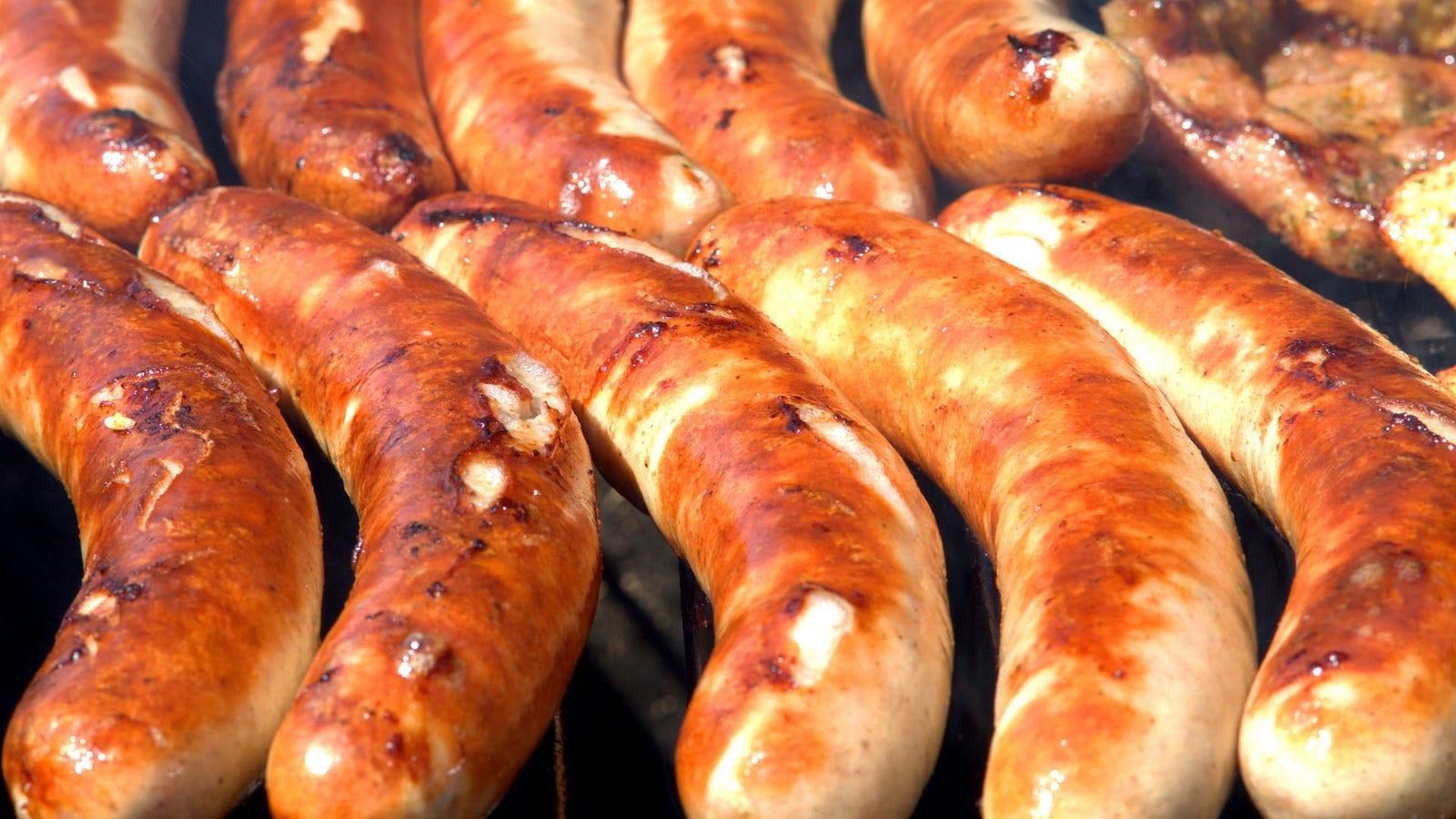 |
| Sausages |
While it may be a tasty addition to breakfast or a BBQ, sausage is also a significant source of sodium. A single link can contain up to 600 milligrams of sodium, which is almost a third of your daily recommended intake, and many people consume more than one serving at a time. Try to limit your intake of sausages and choose leaner protein sources like eggs or turkey bacon instead.
3. Pizza
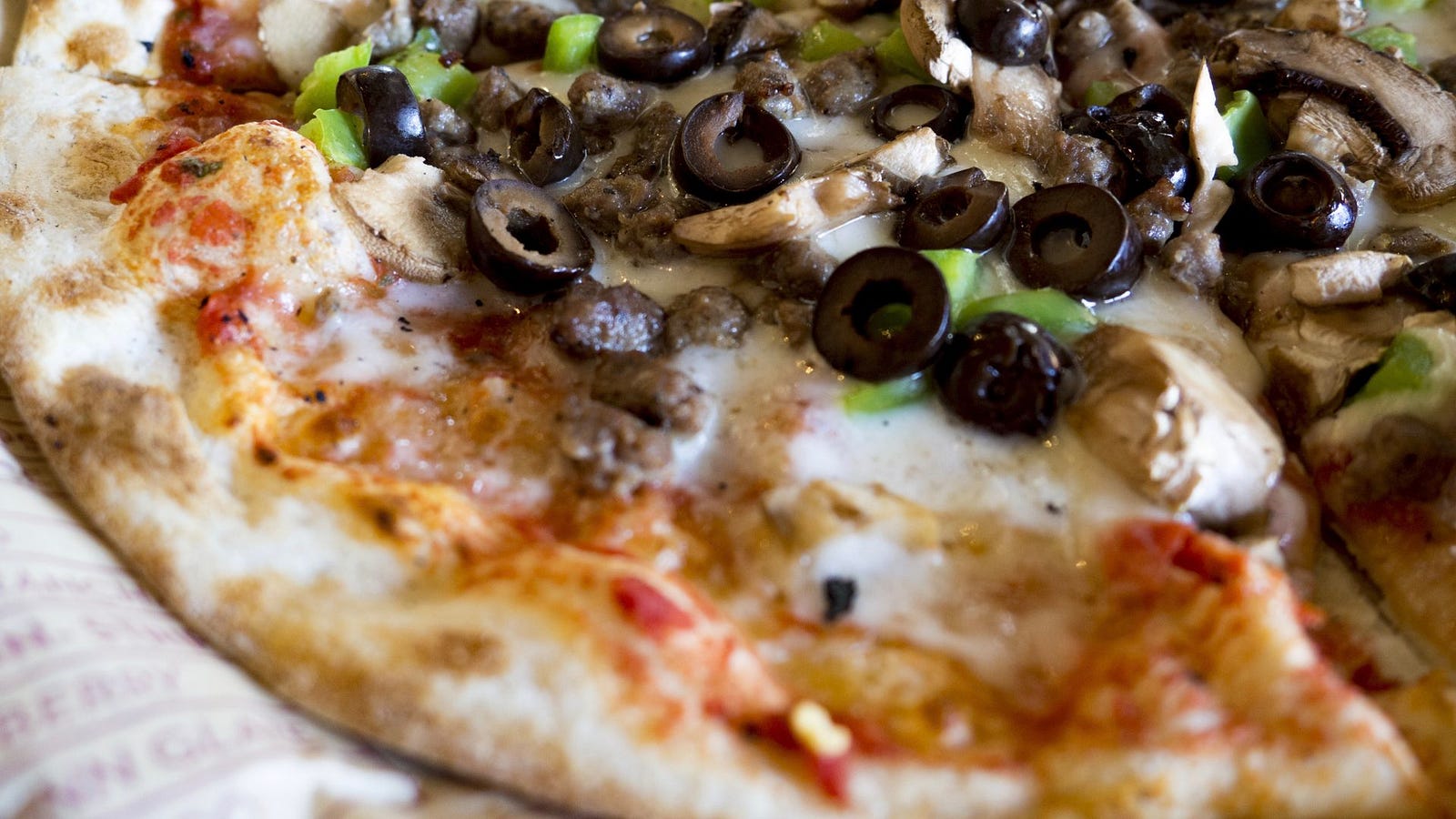 |
| Pizza |
Pizza is often considered one of the top sodium foods due to the high levels of salt used in its preparation. The combination of sodium found in the cheese, sauce, and processed meats commonly used as toppings can quickly add up to an unhealthy amount. Depending on the toppings and crust, a single slice can contain up to 700 milligrams of sodium. While it's still possible to enjoy pizza in moderation, choosing lower-sodium options or making your own at home with fresh ingredients can help minimize your sodium intake.
4. Breads
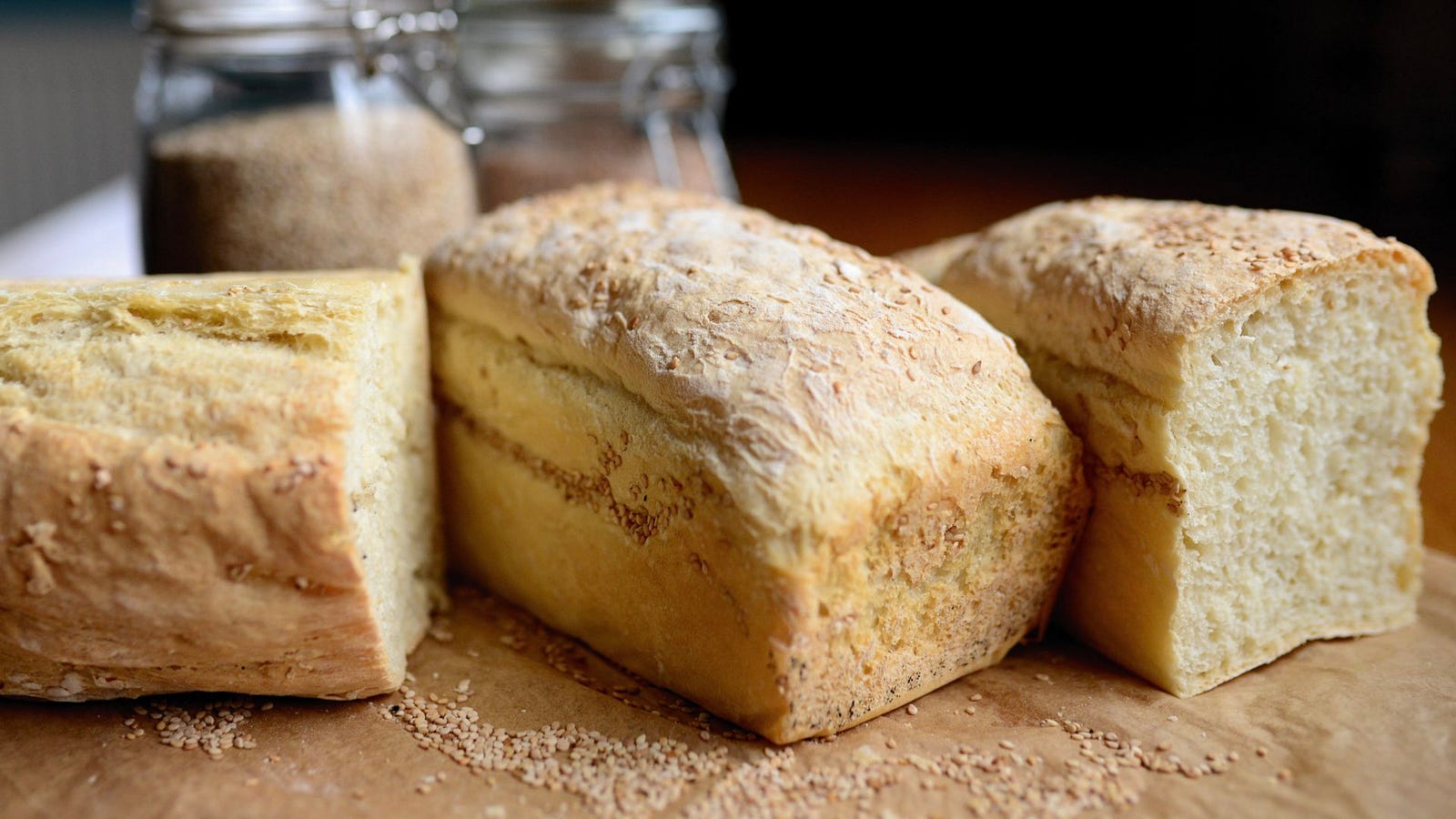 |
| Breads |
Breads are notorious for being loaded with sodium, making them a top offender on the list of high-sodium foods. While bread is a staple in many households, it's important to pay attention to labels and seek out options that are lower in sodium. Some types of bread, such as white and whole wheat breads, can contain up to 230 milligrams of sodium per slice. That means a sandwich with two slices of bread can have over 400 milligrams of sodium just from the bread alone. However, there are alternatives like low-sodium or reduced-sodium breads that can bring that number down significantly. Additionally, sourdough or homemade bread can be great options as they tend to have less sodium than processed store-bought bread.
5. Cheeses
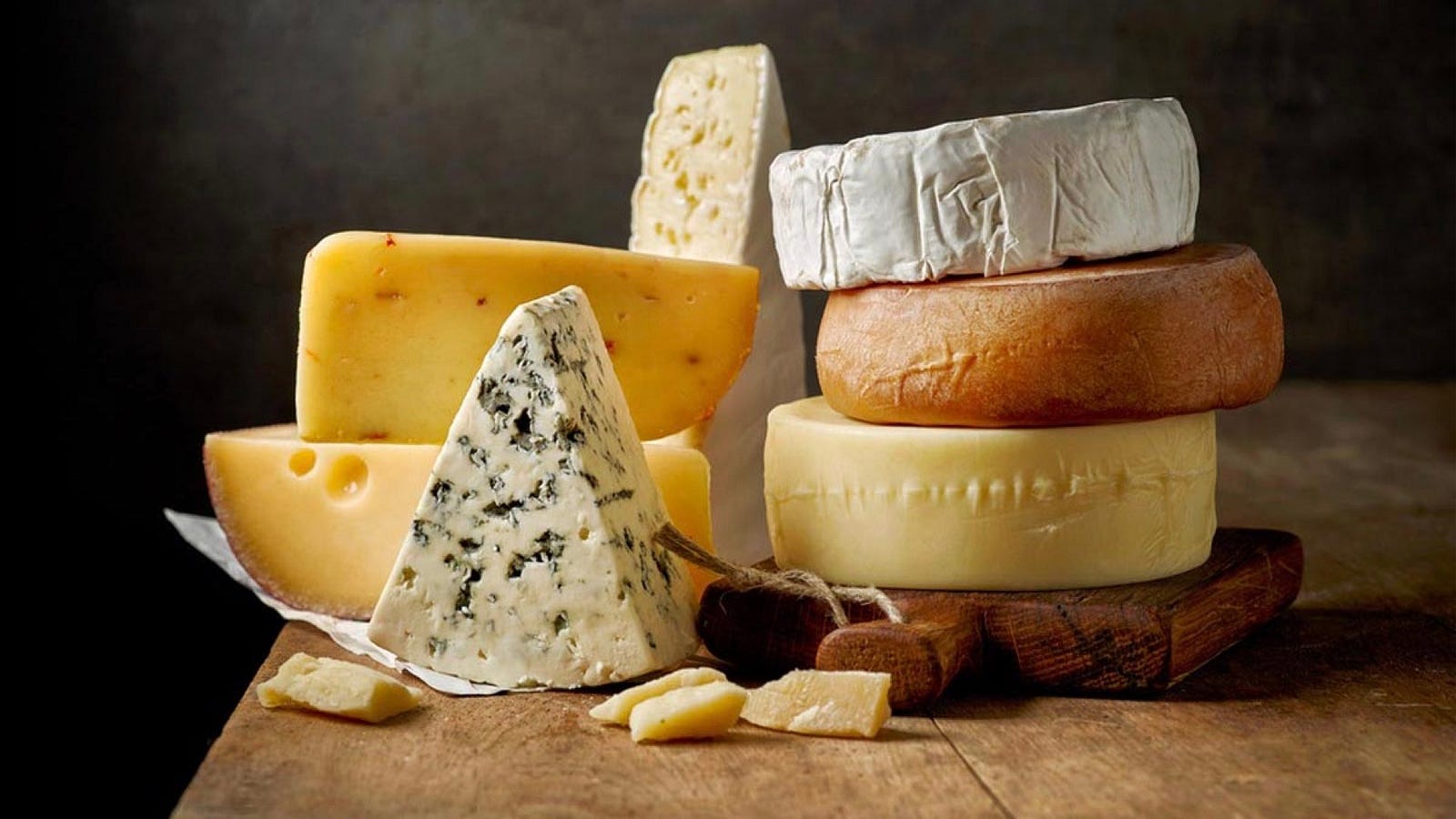 |
| Cheeses |
Cheeses are one of the top sodium foods out there. While delicious and versatile, they can also be high in sodium content. Some popular cheeses such as cheddar, parmesan, and feta can contain up to 400 milligrams or more of sodium per ounce. That's almost 20% of your daily recommended intake. It's important to be mindful of the portion sizes and frequency of cheese consumption, especially for those who are watching their sodium intake for health reasons. Opting for lower sodium cheeses or consuming them in moderation can help maintain a healthy diet.
6. Canned Soups and Vegetables
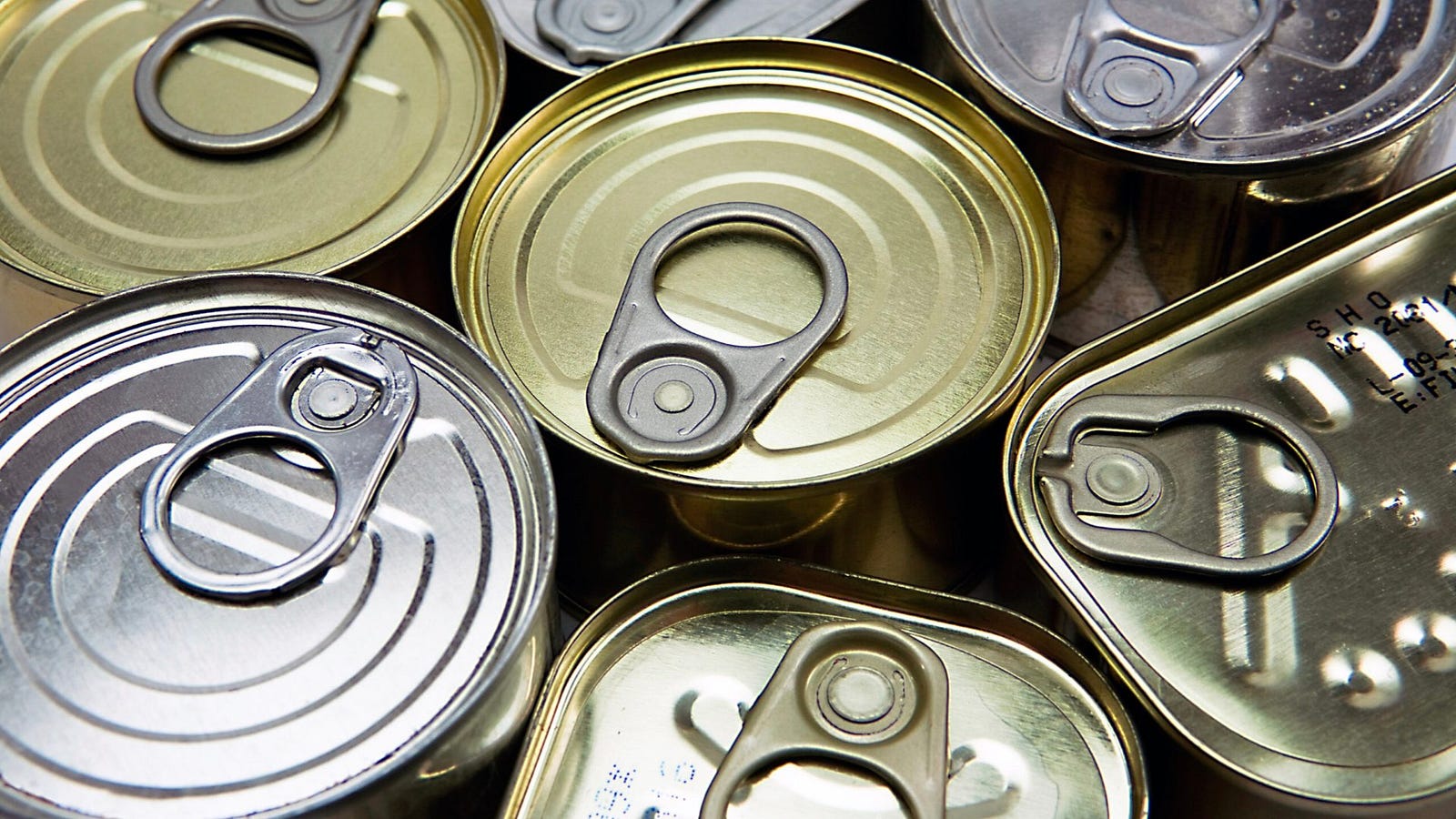 |
| Canned Soups and Vegetables |
Canned soups and vegetables may appear to be a healthy and convenient option for a quick meal, But these products often contain high amounts of sodium to help preserve their shelf life. Some canned soups can have over 1,000 milligrams of sodium per serving. That's almost half of the recommended daily limit for sodium. Therefore, it is important to read nutrition labels and opt for low-sodium options when possible to maintain a balanced and healthy diet.
7. Frozen Meals
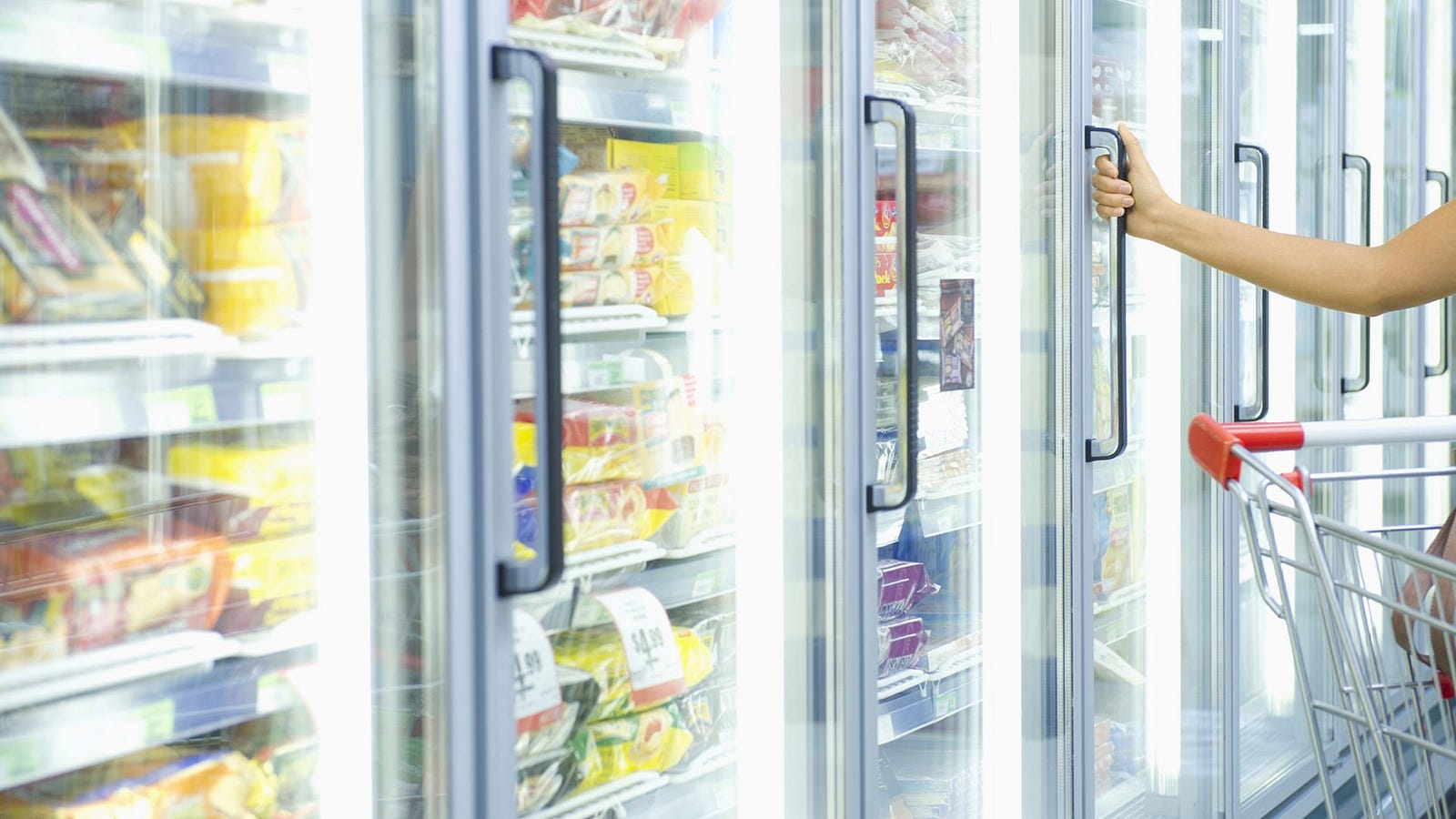 |
| Frozen Meals |
Frozen meals are often packed with salt to enhance flavor and preserve freshness. Many pre-packaged meals contain high amounts of sodium, making them one of the top sodium foods to watch out for. Choosing low-sodium or fresh options can help reduce your overall intake and improve your overall health. It's important to check the nutrition label and aim for meals with less than 400 milligrams of sodium per serving.
8. Clams
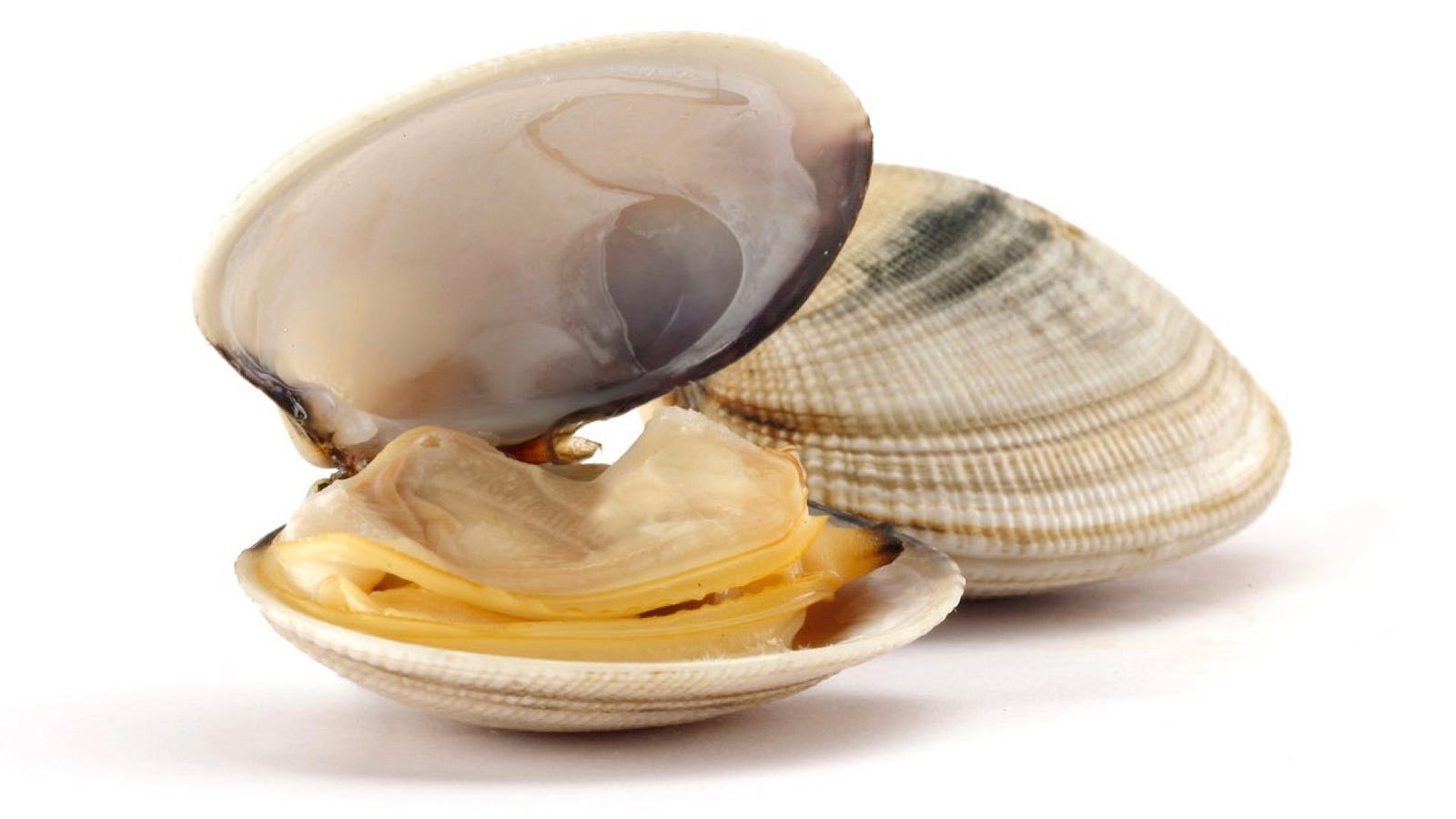 |
| Clams |
Clams might be tasty, but they're also high in sodium. Just 3 ounces of canned clams can have more than 500 milligrams of sodium. If you're a seafood lover, try to choose lower-sodium options like shrimp or salmon.
9. Cereals
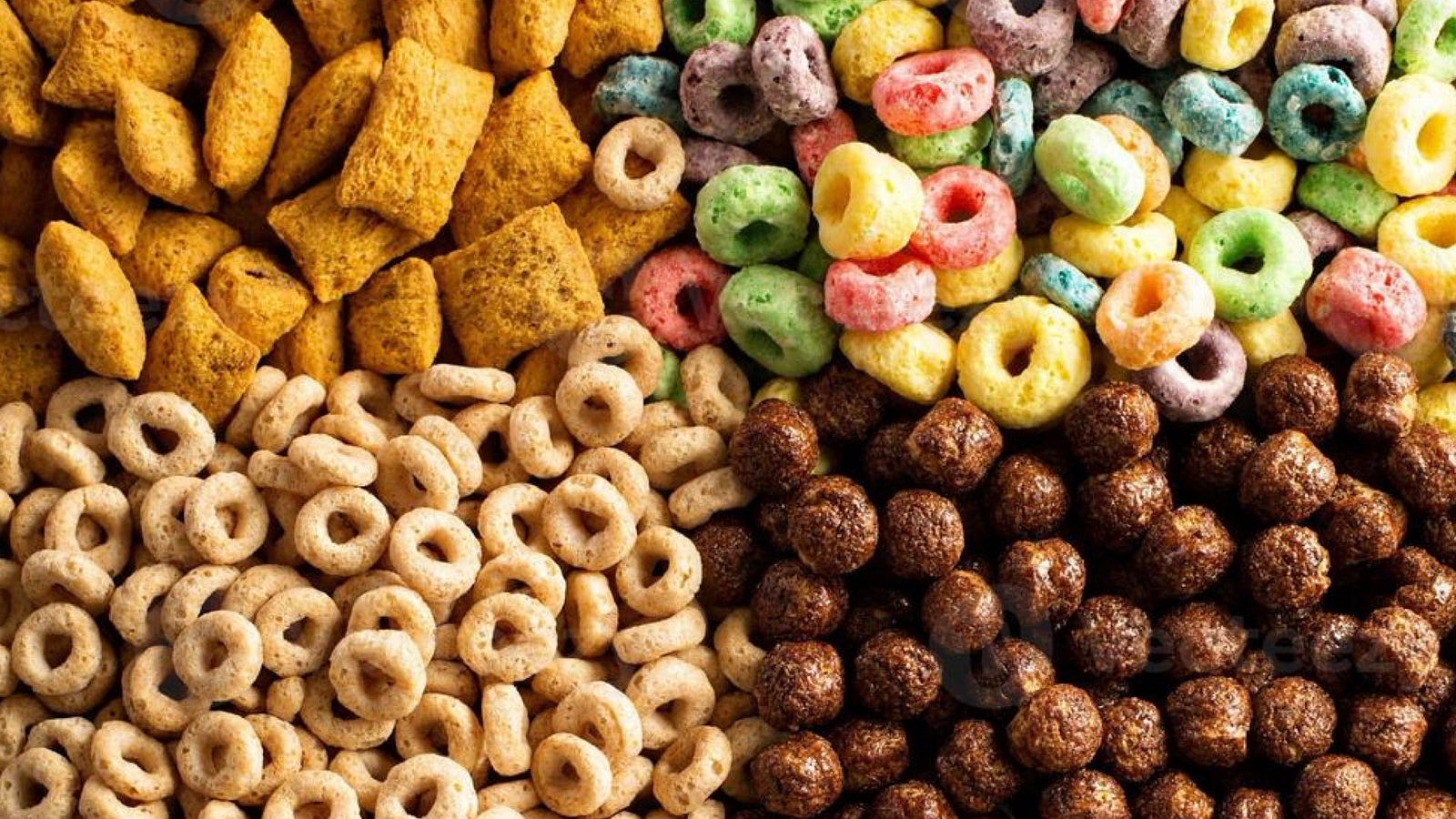 |
| Cereals |
Although cereals may appear to be a nutritious breakfast choice, they are often packed with excessive amounts of sodium. Even small servings of certain cereals can contain up to 200-300 milligrams of sodium, which is a considerable amount for just one meal. Therefore, it is crucial to read nutrition labels carefully and opt for cereals with lower sodium content or limit the portion size to maintain a healthy sodium intake. You can also replace your regular cereal with a low-sodium alternative such as oatmeal or muesli. By doing so, you can enjoy a delicious and healthy breakfast without compromising your health.
10. Biscuits
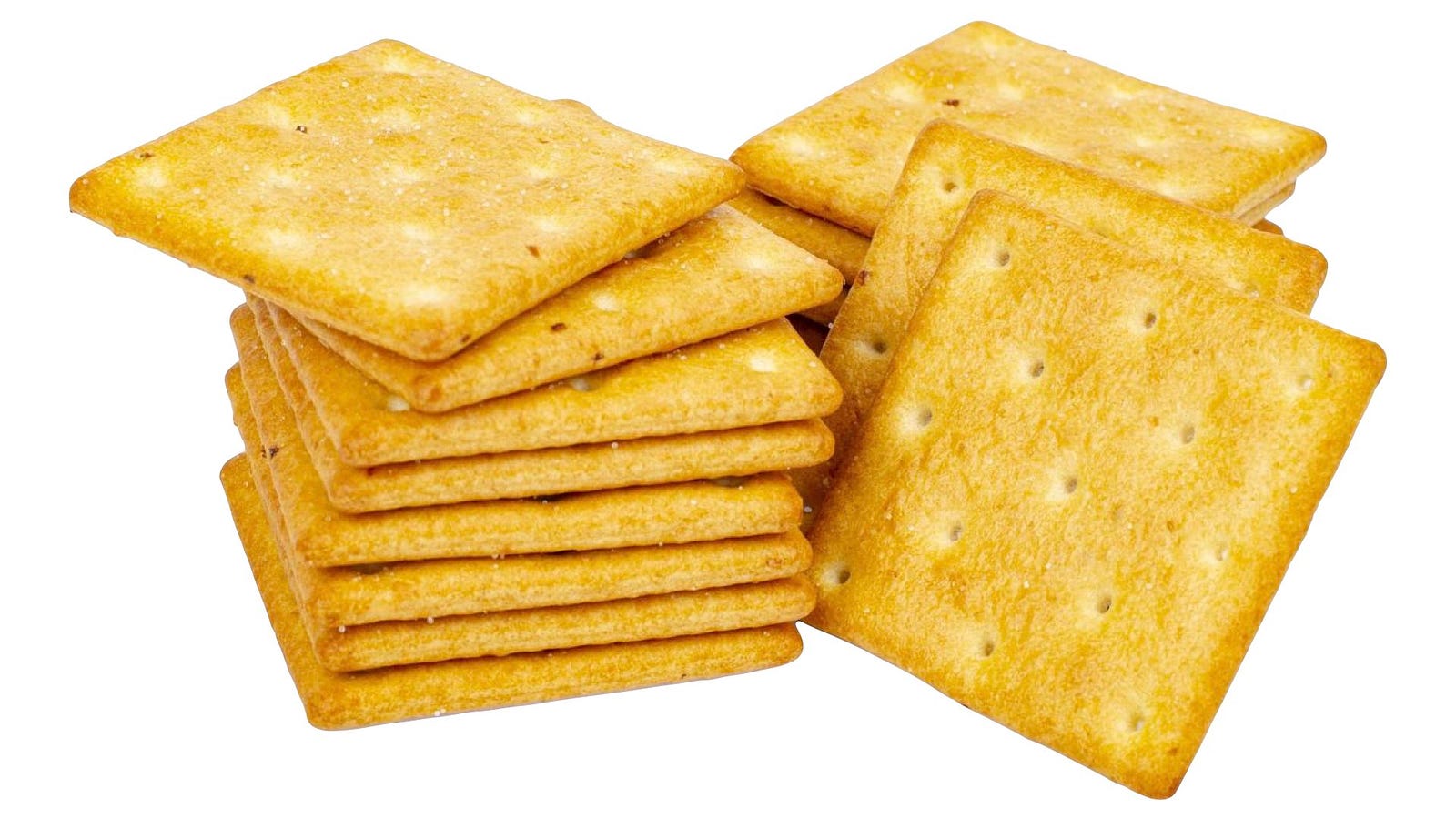 |
| Biscuits |
One popular brand of biscuits contains 540 milligrams of sodium per serving, which is over 22% of the recommended daily intake. Sodium is often added to biscuits for flavor and preservation purposes. It is important to check the labels of foods and consider choosing brands with lower levels of sodium or try making your own with less salt.
#sodium #instantnoodles #instantnoodle #food #foods #diet #health #lifestyle #healthtips #nutrition #nutritionfacts #sausage #highbloodpressure #noodles #frozenfood
Comments
Post a Comment